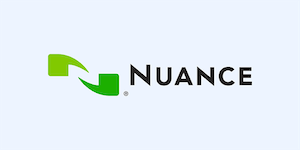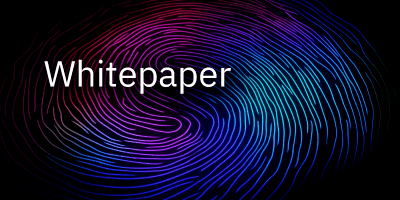Maintaining Security from Dynamic Locations Using the Cloud
Now that working from home has become a necessity for businesses across the globe, organizations are facing the need to adjust to an almost completely remote workforce, one they may not have previously planned to support. Such drastic implementation forces many businesses to answer questions such as:
“How do you enable employees to securely work from home with the same protections they had in the office?”
AND
“How do you ensure that employees’ access to corporate networks is coming from secured and healthy devices?”
Cloud Service Providers are answering those questions with easy-to-implement and fast-to-scale solutions. Virtualization of the work environment along with device management are becoming a strong utility in your IT organization service offerings to employees and vendors. Let’s look at a few offerings and see how they can help you secure your virtual ecosystem.
Workspaces is Here to Help
As with many challenges, AWS has provided a solution that has been purpose-built to help customers with their remote workspace needs—Amazon WorkSpaces. This is a cloud-based managed Desktop-as-a-Service (DaaS) solution that allows an organization’s administrators to provision Windows or Linux virtual desktops in a matter of minutes with all the necessary operating system, compute and software resources identified by corporate requirements.
In addition, administrators can integrate with an organization’s existing Active Directory environment through an AD Connector or deploy a fully managed Active Directory instance in AWS so that employees can continue using their existing credentials. This provides administrators the ability to provide seamless access to corporate resources or create a standalone managed directory.
If the current needs are short term or need to be available ASAP, Amazon WorkSpaces provides a standalone managed directory to facilitate quick deployment.
Meet Endpoint Manager
IT teams that manage laptops, mobile devices, COD, and BYOD now have one single unified platform they can go to in order to manage all of these devices, with Microsoft Endpoint Manager (MEM). Need a single console where you can access application management for laptops and mobile devices? No problem, use the new console. Want company portal branding for your management portal in place of Intune? No problem, use the new console.
See where this is going? Now Microsoft has created a place where companies can use tools like ConfigMgr, Intune, Device Management Admin Center, and Desktop analytics. IT admins now have a console and the tools needed to manage both on-premises and cloud devices as well as co-management options to provision, deploy, manage and secure endpoints – desktops, mobile devices and applications – across an enterprise.
In today’s connected landscape the movement of sensitive corporate data into the cloud enables companies to scale as it allows for remote workers to maintain productivity.
How does an organization maintain security when a growing number of companies are allowing users to access company data from cell phones and personal laptops and from dynamic locations? The need to create dynamic access policies to protect confidential data on an employee-owned device makes service offerings like Microsoft Endpoint Manager (MEM) a key.
Conclusion
The need to secure our remote workforce is more critical than ever. We have an increase in different device types, needs, and different access capabilities. From BYOD, COD, Mobile and more, the potential for threat actors to access our information is opening up more and more.
MEM enables control of devices in a transparent way, allowing employees to work securely on personally owned hardware without the fear of “Big Brother” watching their every move. This new tool will allow for secure management of devices without the need for multiple consoles and multiple subject matter experts from various disciplines.
Also, with a few steps and clicks, organizations can start embracing this work-from-home journey immediately with Amazon WorkSpaces. Enable employees to continue to focus on critical tasks and be productive while doing so securely.
For more information on ways to manage the remote workforce device landscape, check out our ebook, Securing The Remote Work Force In The Cloud.
Romke de Haan
Romke de Haan has over 22 years of experience as a technical & business leader and technology strategist. Romke has worked with commercial corporations such as Microsoft, Razorfish, & Kohl’s as well as federal agencies including the General Services Administration, Environmental Protection Agency, and Transportation Security Administration.
Romke has provided technology leadership in digital transformation and innovation through the design of data driven and UI-focused systems hosted both in the cloud and on-premise. In working with federal agencies such as the TSA, Romke helped lead cloud migration initiatives by transforming organizational practices from siloed structures and waterfall methodologies to Agile delivery methods such as DevSecOps through CI/CD pipelines.
Romke’s skillset not only includes technology but also includes UI design and business strategy allowing him to better align digital transformation initiatives with the needs of the business. Romke has served in various roles including application architect, developer, mentor to startups across the US and South America, and civic initiatives such as being a founder member of Milwaukee’s Code of America chapter.




























